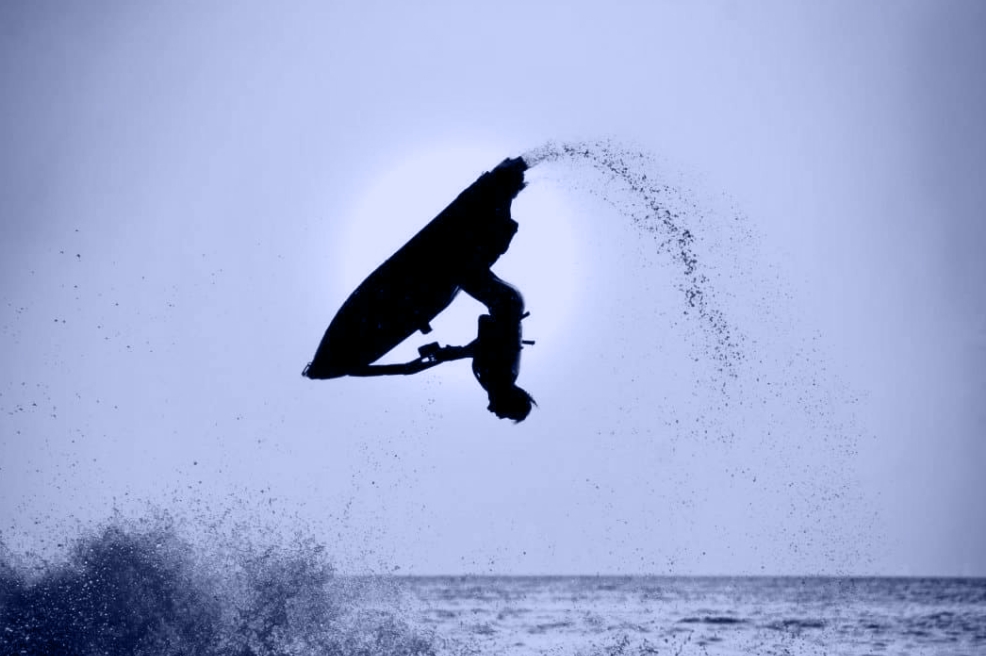Wearing goggles while jet skiing is not strictly necessary, but they can be beneficial depending on personal preference and riding conditions.
Here are some considerations regarding the use of goggles on a jet ski…
Benefits of Wearing Goggles
- Eye Protection
- Goggles can protect your eyes from water spray, wind, and sun glare, enhancing visibility and reducing discomfort.
- Reduced Irritation
- Riding at high speeds can cause water spray to hit your face, which may irritate your eyes if you are not wearing eye protection.
- Clear Vision
- Goggles with anti-fog coatings or polarized lenses can help maintain clear vision in varying weather conditions and reduce glare from the water surface.
Factors to Consider
- Riding Conditions – If you frequently ride in rough waters or at high speeds, goggles can provide added comfort and protection against water splashes.
- Personal Preference – Some riders prefer the feeling of wind and water on their face without goggles, while others prioritize eye protection and clarity of vision.
Alternatives
- Sunglasses – Polarized sunglasses with UV protection can also provide eye protection against glare and UV rays while riding a jet ski.
- Full-Face Helmets – Some riders opt for helmets with built-in visors or face shields, which provide comprehensive protection for the face and eyes.
Choosing Goggles:
- Fit – Select goggles that fit securely and comfortably without obstructing your peripheral vision or causing discomfort.
- Features – To enhance your riding experience, look for goggles with anti-fog coatings, adjustable straps, and lenses suited for water sports.
While not mandatory, wearing goggles while jet skiing can enhance comfort, protect your eyes from wind and water spray, and improve visibility, especially in challenging conditions. Ultimately, the decision to wear goggles depends on individual preference and the riding environment.




